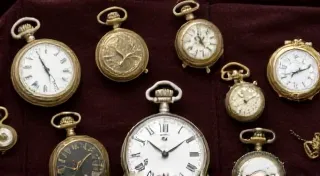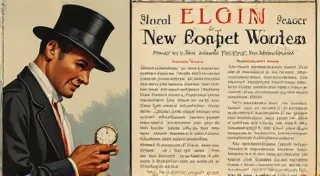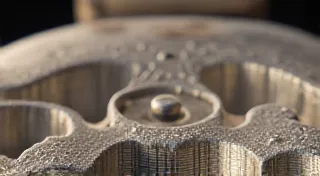The Evolution of Pocket Watch Chains and Fobs
Pocket watches, symbols of elegance and precision, weren’t complete without their accompanying chains and fobs. These accessories weren’t merely decorative; they held significant historical, practical, and even social importance. This article explores the fascinating evolution of pocket watch chains and fobs, detailing their functionality, design changes, and the materials used in their creation.
Early Functionality and the Rise of the Chain
In the earliest days of pocket watches (roughly the 16th and 17th centuries), watches were often simply looped through a buttonhole or attached to clothing with a simple cord. As pocket watches became more commonplace and valuable, the need for a more secure and stylish method of carrying them became apparent. Enter the watch chain. Initially, these chains were short and functional – a simple link designed to prevent the watch from swinging and taking damage. They were typically made of precious metals like gold or silver, mirroring the value of the timepiece they secured.
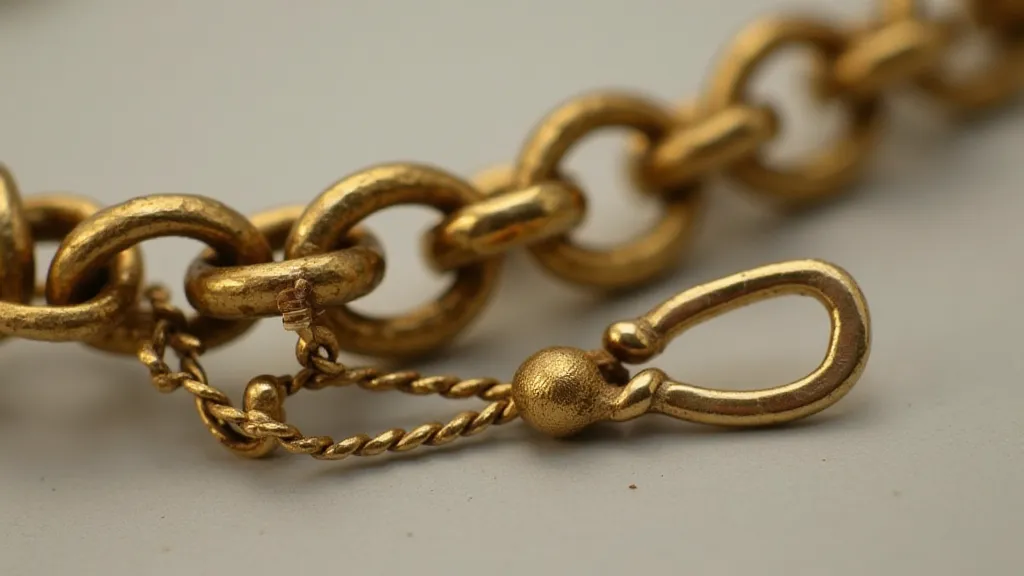
The Development of Longer Chains and Tassels
By the 18th century, chains began to lengthen considerably. This wasn't solely for aesthetic appeal. Longer chains allowed the watch to be conveniently stored in a waistcoat pocket, while the chain itself could be draped across the vest or tucked away. This led to the development of "double Albert chains," a style named after Prince Albert, Queen Victoria’s consort, who popularized the design. Double Albert chains consisted of two linked sections, often connected by a swivel or clip. The longer section reached the waistcoat pocket, while the shorter section secured the watch.
The Introduction of Fobs: More Than Just Decoration
While chains provided security, fobs added a layer of personalization and sometimes functionality. Early fobs were often simply small, decorative pieces attached to the watch chain. These could be made from precious metals and adorned with gemstones, engravings, or enamel work. However, fobs evolved to serve practical purposes. Some fobs included tools like small knives, keys, or even tiny magnifying glasses. Others acted as sentimental keepsakes, holding miniature portraits, locks of hair, or inscribed messages.
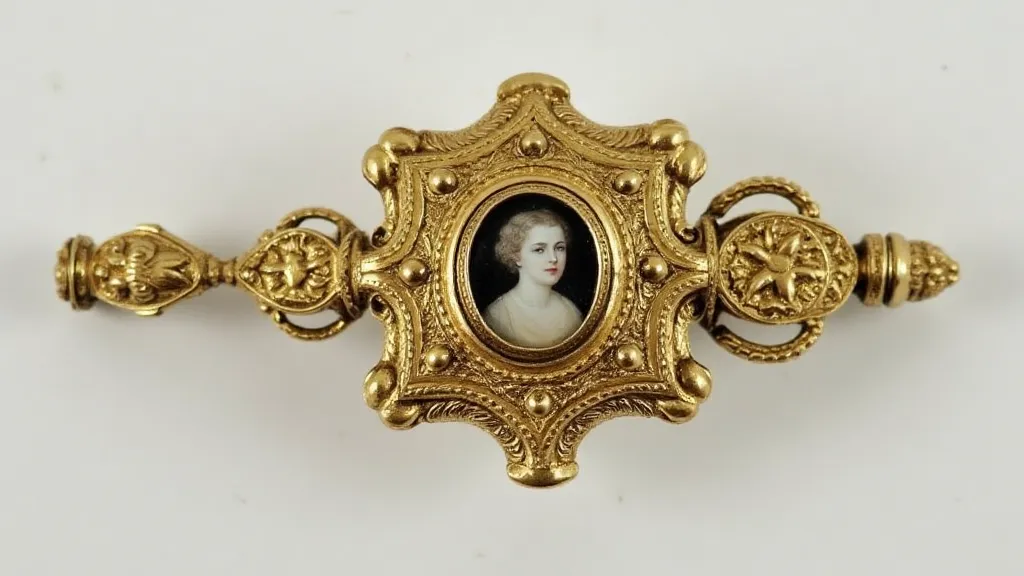
Materials and Design Variations
The materials used in the creation of pocket watch chains and fobs varied widely depending on the owner's wealth and taste. Gold, both yellow and white, was the most prestigious metal, often paired with diamonds, rubies, and emeralds. Silver was a more affordable alternative, frequently used in combination with enamel work or intricate chasing. Base metals like brass and steel were occasionally employed for less expensive chains and fobs.
Design variations were equally diverse. Some chains featured elaborate patterns, such as snake, floral, or scroll motifs. Fobs could range from simple, engraved discs to complex, three-dimensional figures. The Victorian era (1837-1901) saw a particularly flourishing period of creativity in chain and fob design, with jewelers experimenting with new techniques and materials.
Decline and Legacy
The rise of wristwatches in the early 20th century gradually led to the decline in the popularity of pocket watches and their accompanying chains and fobs. However, these historical accessories remain highly valued by collectors and enthusiasts. They offer a tangible connection to a bygone era, providing insights into the fashion, craftsmanship, and social customs of the 18th, 19th, and early 20th centuries.
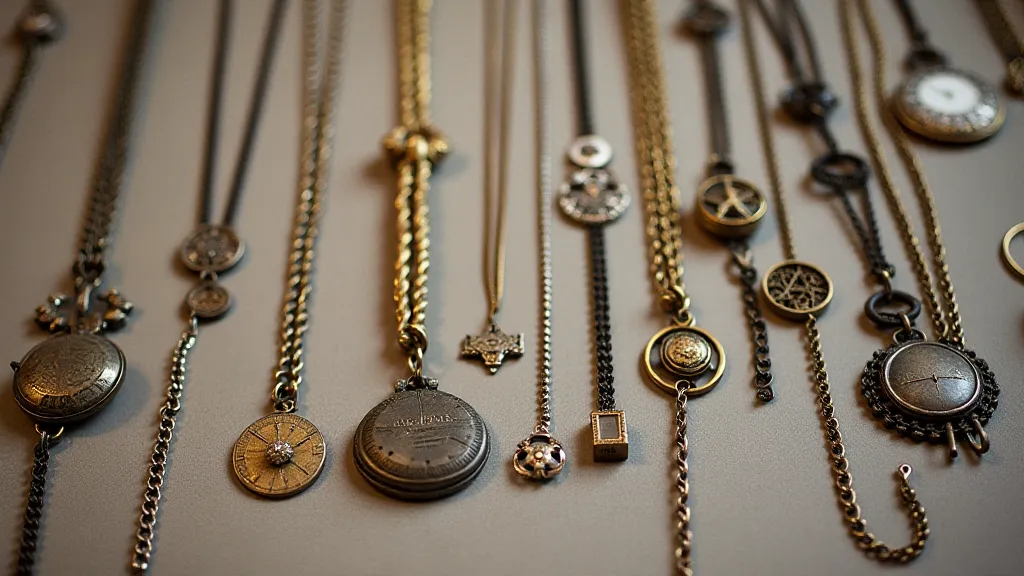
Today, antique pocket watch chains and fobs are sought after for their beauty, historical significance, and the stories they tell about the people who once carried them. Whether treasured as heirlooms or admired as works of art, they remain a captivating part of watch collecting history.
